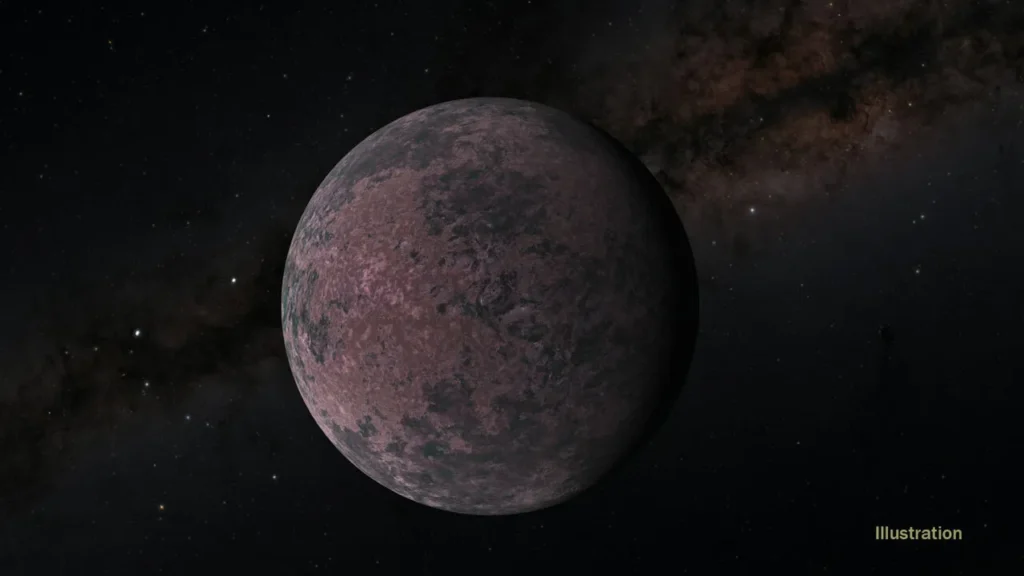An international team of astronomers has announced the discovery of a second exoplanet in the TOI-1408 star system. The newly discovered world is a super-Earth.

The discovery was made using the TESS space telescope, launched in 2018. It searches for exoplanets near 200,000 of the brightest stars near the Sun. Searches are made using the transit method, by tracking fluctuations in the stars’ brilliance caused by the passage of bodies against the background of their disk. During its operation, TESS has identified more than 7,200 exoplanet candidates, 543 of which were subsequently confirmed.
The exoplanet found by TESS orbits TOI-1408. It is a star of spectral class F, located at a distance of 453 light-years from Earth. It is about 50% larger and 30% more massive than the Sun. The age of the star is estimated at 2.7 billion years.
Last year, astronomers discovered the first exoplanet in this system, designated TOI-1408 b. Subsequent observations have shown it to be a hot Jupiter. TOI-1408 b is about 2.4 times and 1.86 times more massive than the largest planet in the Solar System. Its orbital period around the star is 4.42 days.
Now TESS has discovered a second exoplanet in this system. This world is a super-Earth. It has twice the radius and eight times the mass of our planet. This gives an average density of 3.8 g/cm3. The orbit of the super-Earth runs inside the orbit of hot Jupiter at a distance of 0.036 a. e. (5.4 million kilometers) away from the star, with an orbital period of 2.2 days.
According to the astronomer, finding a small inner type planet in such a tight orbit next to a hot Jupiter is a rare find. It challenges the typical scenarios proposed for nearby giant planets and emphasizes the diversity of exoplanet system architectures. They also note that there may be a third planet orbiting around TOI-1408. Radial velocity measurements indicate the presence of an object with a large orbital period in this system. However, additional observations are needed to confirm its existence.
Earlier we told you about a gas giant turning into a hot Jupiter.
According to Phys.org


